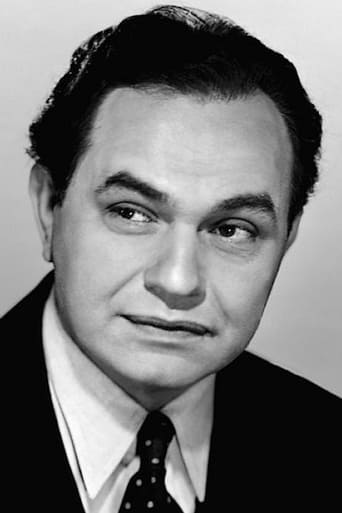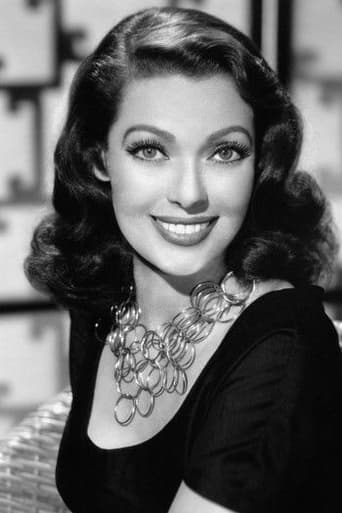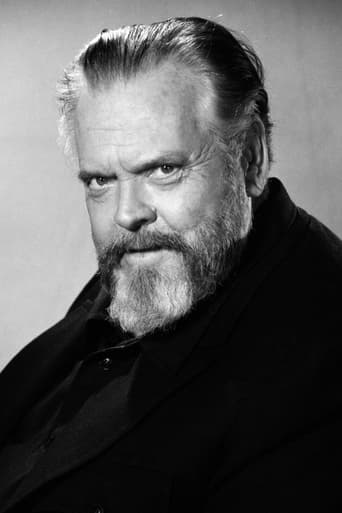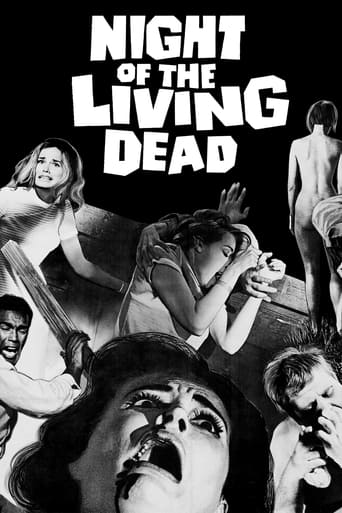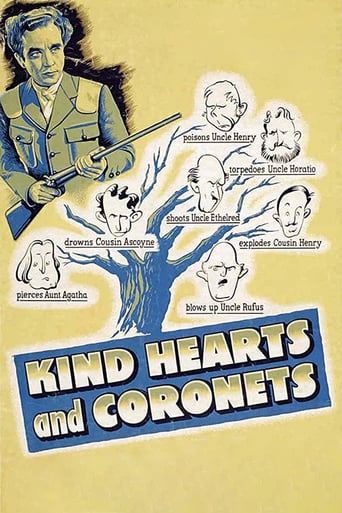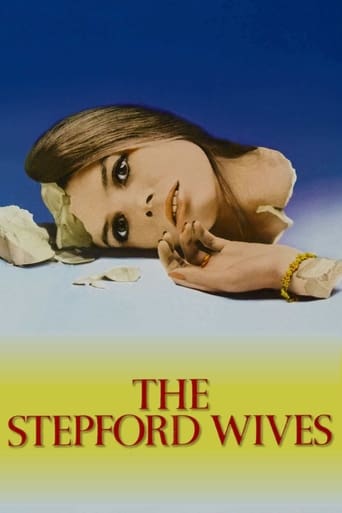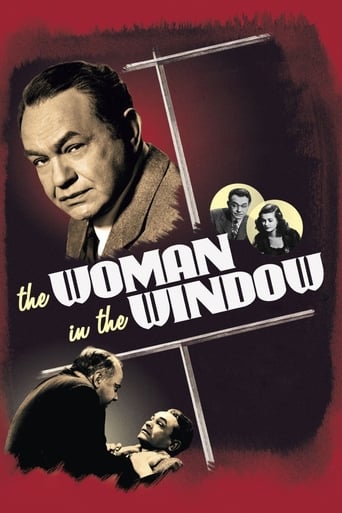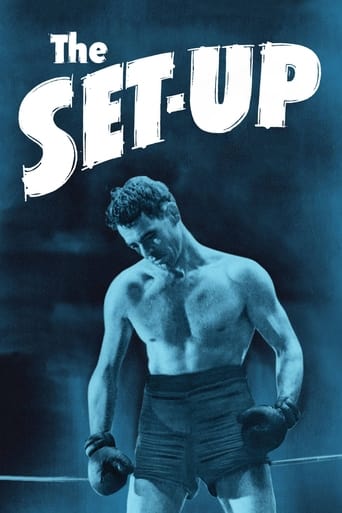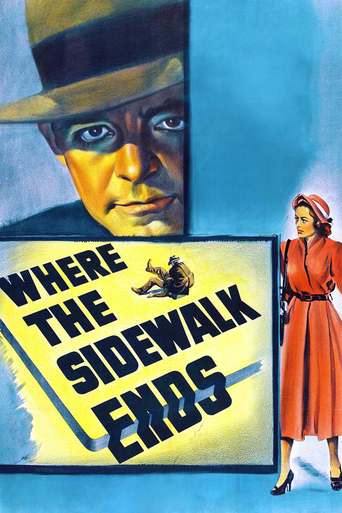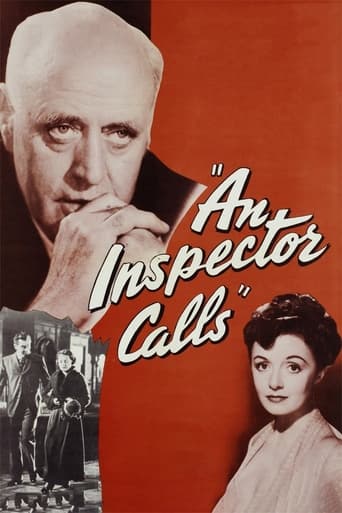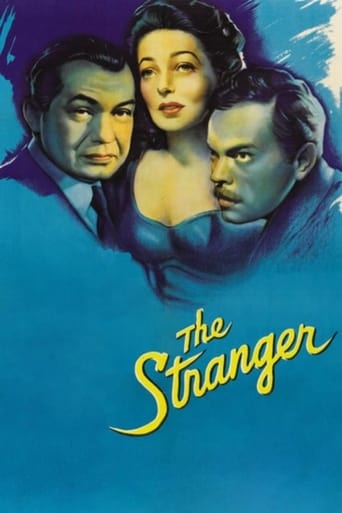
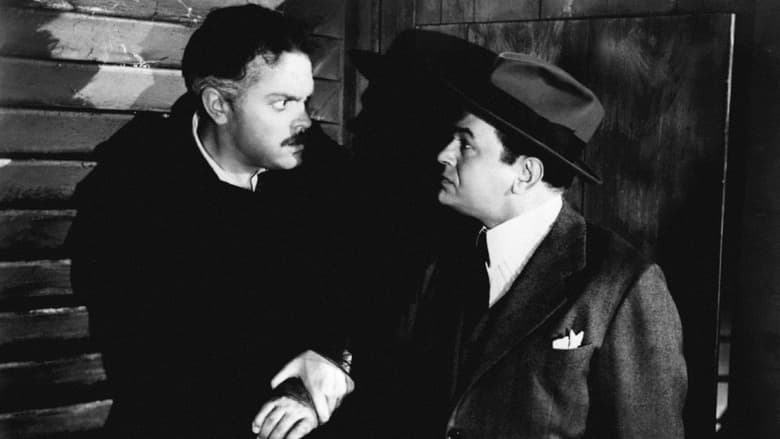
 Watch Now
Watch Now







The Stranger (1946)
 Watch Now
Watch Now







An investigator from the War Crimes Commission travels to Connecticut to find an infamous Nazi, who may be hiding out in a small town in the guise of a distinguished professor engaged to the Supreme Court Justice’s daughter.
Watch Trailer
Cast


Similar titles
Reviews
Nice effects though.
Good concept, poorly executed.
a film so unique, intoxicating and bizarre that it not only demands another viewing, but is also forgivable as a satirical comedy where the jokes eventually take the back seat.
This is one of the best movies I’ve seen in a very long time. You have to go and see this on the big screen.
There's this myth going around that anything that's old and shot in black and white must be unquestionably good. The Stranger is a movie that debunks this idea. It has got to be one of the worst movies from the so-called Golden Age of Hollywood, if not of the 20th century.The sad thing about it is that it had all the elements of being a brilliant and insightful masterpiece. Made just after the end of WW2, this was probably the first movie to anticipate the very real problem of Nazi war criminals escaping justice and trying to create a new life of normalcy in the US. In the hands of better writers and a different director, it could've been gold. Instead, it's laughably, laughably bad and unrealistic. Professor Rankin aka Franz Kindler, could've just been a low ranking Nazi official, but no; he had to practically be the mastermind behind the Final Solution and was right up there in importance as Goebbels and Himmler! (How absurd!!) And then, to make matters worse, he doesn't have one trace of any accent whatsoever. Are we to believe that a German, born and bred, who was only running the camps a year before the events in which this film took place, was able to immediately speak English fluently with a perfect mid-Atlantic American accent?Even the movie knew how stupid this was, so it tried to be slick and have Mary (Loretta Young) address Mr. Wilson in an incredulous tone, as in, "What, do all foreigners have to have an accent?" Nice try, but what a load of bull. All foreigners have accents, even ones who've been living here for decades. So many of the other plot points are stupid beyond belief. Mr. Wilson and Mary's father literally decide to put her in harm's way to catch Kindler, knowing full well that he's a mass murderer and has just killed a man days before! Mary is oddly devoted to protecting Charles, in spite of the guy repeatedly lying to her over and over again about his past. Some of the scenes are ridiculous; in one scene, Kindler is casually drawing a swastika out in a public space where everyone can see him. In another scene, the actress that plays Mary's maid, screaming and crying about her heart, chews more scenery than Nicolas Cage in Vampire's Kiss.But the worst part of this movie is Orson Welles' himself. I've always loathed him as an actor (he ruined Jane Eyre and brought no humanity to the character of Charles Foster Kane in Citizen Kane). The Stranger confirmed how terrible an actor he always was. He puts on this ridiculous scowl the entire time, and his mannerisms couldn't be more unnatural or ridiculous. I can't remember which scene it was (was it with the dog?), but there's a scene where he's in the forest stumbling around at the scene of the murder, and he lumbers around like the Frankenstein monster. He moved similarly in the climactic scene in Citizen Kane when Kane trashes his bedroom. He looked stupid then and looks even stupider in this scene, with his arms and legs stiffly moving around like an idiot.If there's anything positive I can say about this film it's Edward G. Robinson, who rose to occasion playing against type as an impassioned Nazi hunter. Also, the scenes in the bell tower were shot so artfully that there's no question in my mind that Hitchcock cribbed shots for Vertigo. Otherwise, this movie is just awful, laughable, junk. No wonder Welles hated it.
Another terrific film and performance by Orson Welles, as he plays a sinister criminal in this film. Welles utilized fade in and out, as well as dissolve cuts for his transitions. Since this is a noir film, there was a great amount of low key lighting, but high key was used too. Welles really likes to use the low angle and high angle shots, as the shadows on the character's faces that are created from these shots gives them a more evil presence. His usage of music was great as usual, with the more non-diegetic intense music picking during action sequences. There was a lot of close ups and medium shots, over shoulder shots, as well as tracking shots. One scene in particular used a crane for a tracking shot, following the detective as HE follows a man from a distance. Overall, the performance by Welles was phenomenal, with the sinister and calm nature of his delivery when describing how he just killed a man, and very intense sound of tick-tock to add the suspenseful notion that time is running out during a pivotal scene. If you are a Welles fan, no reason to skip this one.
The film has an interesting theme with dark, multi-dimensional characters which makes this an entertaining film. What could have been a well-crafted and intriguing suspense mystery however, is weakened by the overly simple plot and poor editing in places. Simple plots are normally something I support too. The beginning starts with a lot of promise and sort of gives out halfway through. The film almost seems like a failed imitation of an Alfred Hitchcock film (in terms of attempt at suspense)Despite this, the movie is still worth watching if you have some free time.
Orson Welles master in his art of movie making made this movie using many of his techniques from Citizen Kane. The entire movie is filled with the use of shadows. It makes everything very dark and hidden much like the character Orson himself plays. Orson Welles also uses mirrors extensively allowing us to see two peoples reactions at the same time. Its one of those odd techniques that Orson excels and it seems he likes using them. Orson also uses clock as a motif throughout the entire movie because Franz Kindler has an obsession with clocks. The use of music really drives the scenes. It affects your feelings more than you even realize. What happens throughout makes you wonder why he would do the things he does. He murders his old friend, his dog, attempts to murder his wife. However when you realize he was a Nazi you can understand that he is nuts and nothing he does is rational. Edward G. Robinson as the detective was an excellent choice. Orson seems to attempt to explain the rationale of the Nazis and he shows how their views eventually collapse. Orson Welles made another very complicated and well written film but it wasn't as big a hit as Citizen Kane was.


